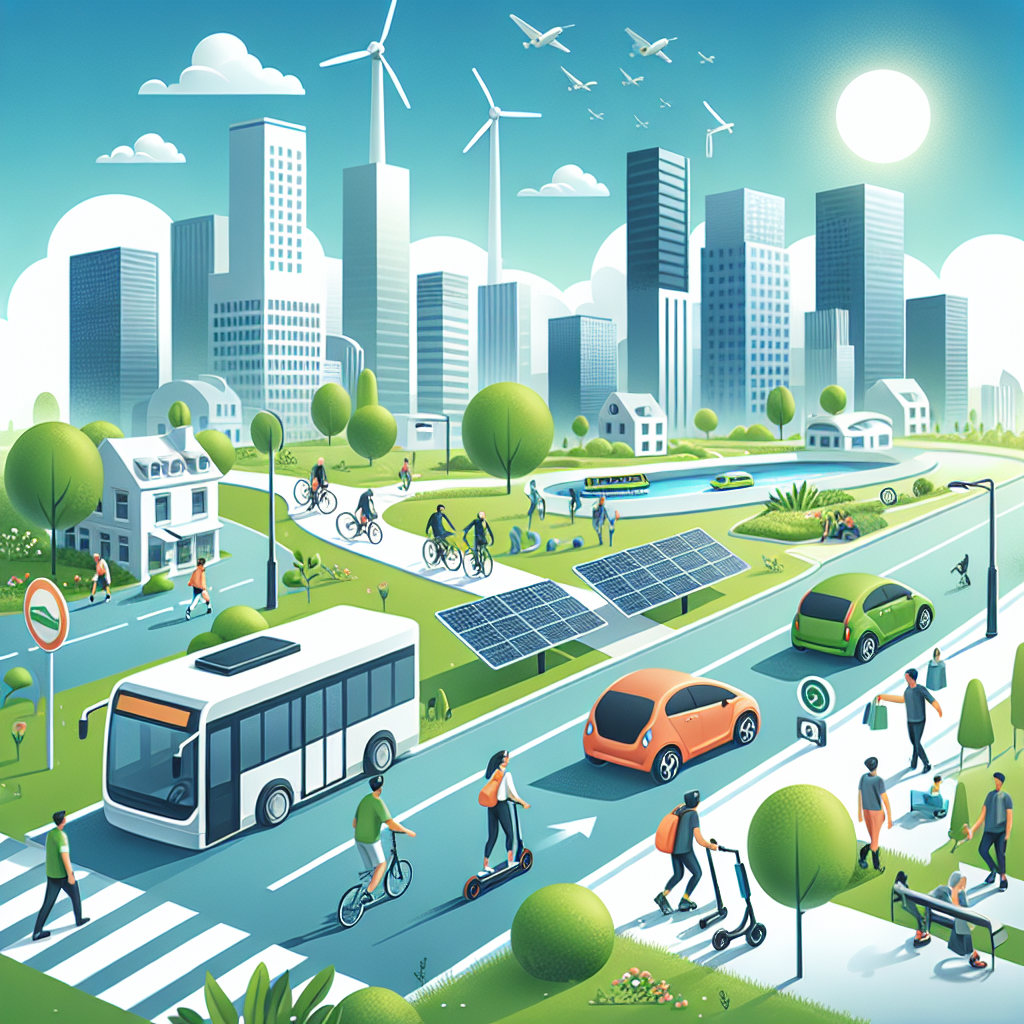As our cities continue to grow and expand, the need for sustainable transportation options becomes increasingly important. With concerns about air pollution, traffic congestion, and the impact of climate change on the rise, finding ways to incorporate green infrastructure into urban transportation systems is crucial.
One key aspect of sustainable travel is the use of green vehicles. These are vehicles that produce lower emissions than traditional gasoline-powered cars, such as electric vehicles (EVs) or hybrid cars. By promoting the use of green vehicles, cities can reduce their carbon footprint and improve air quality for residents.
Another important factor in eco-friendly transportation is the concept of eco-mobility. This involves creating a transportation system that prioritizes walking, cycling, and public transit over private car use. By investing in infrastructure such as bike lanes, pedestrian walkways, and efficient public transit networks, cities can encourage residents to choose more sustainable modes of transportation.
Green infrastructure plays a key role in supporting sustainable travel and eco-mobility in urban areas. This includes things like green spaces, rain gardens, and permeable pavement that help to manage stormwater runoff and reduce flooding. By incorporating these features into city planning, we can create more resilient and environmentally-friendly transportation systems.
One example of a city that has successfully integrated green infrastructure into its urban transportation network is Portland, Oregon. Known for its commitment to sustainability, Portland has invested heavily in bike lanes, public transit options, and electric vehicle charging stations. As a result, the city has seen an increase in cycling rates and a decrease in car usage.
In addition to promoting green vehicles and eco-mobility options, cities can also incentivize sustainable travel behavior through policies such as congestion pricing or car-free zones. By making it easier and more affordable for residents to choose alternative modes of transportation, cities can reduce traffic congestion and improve air quality.
Ultimately, the role of green infrastructure in urban transportation is essential for creating healthier, more livable cities. By investing in sustainable travel options like green vehicles and eco-mobility initiatives, we can reduce our environmental impact and improve quality of life for all residents.
So next time you’re planning a trip around town, consider choosing a greener mode of transportation. Whether it’s biking to work or taking public transit instead of driving alone in your car, every small choice makes a difference in building a more sustainable future for our cities.

Leave a Reply